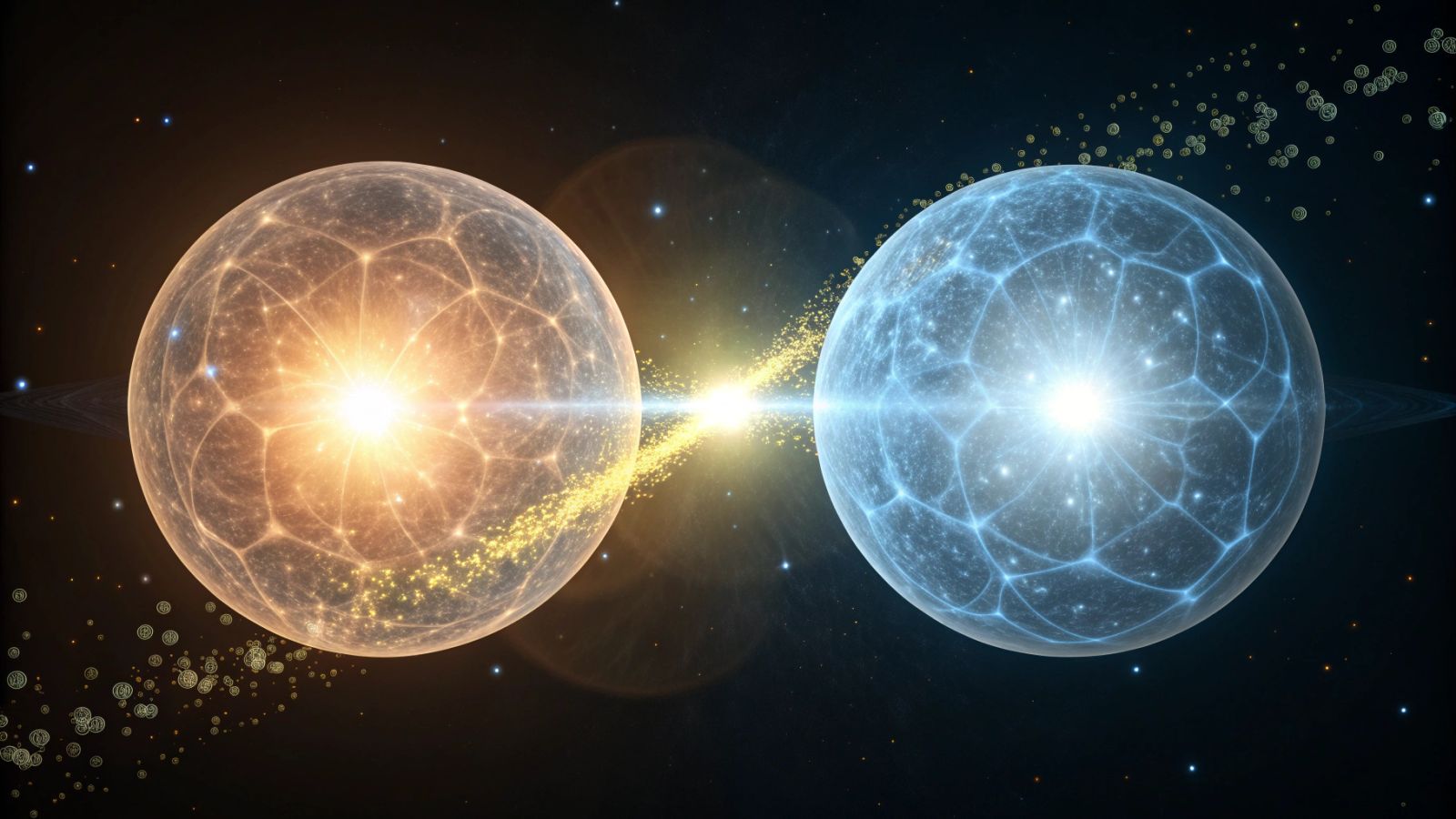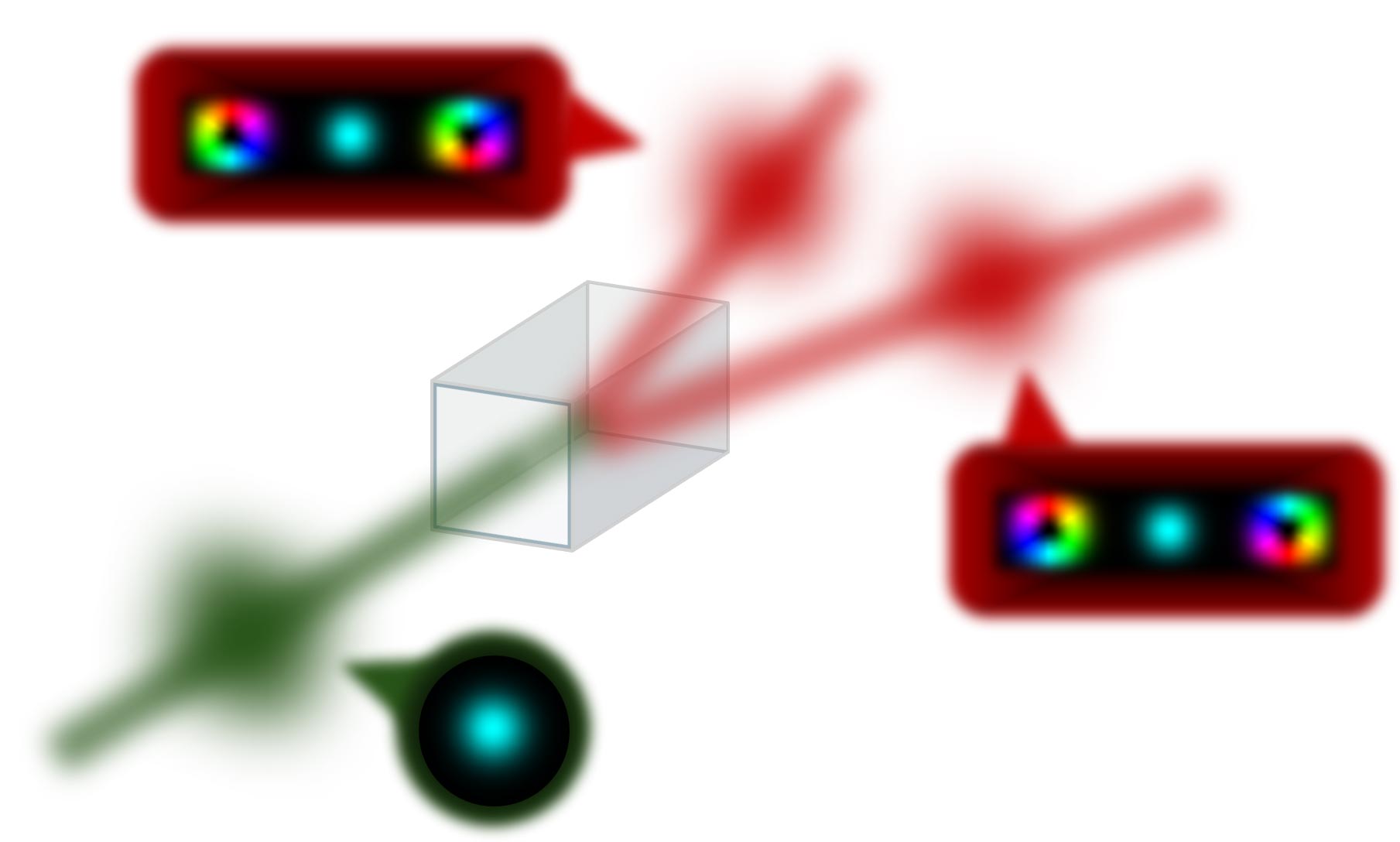💥 Scientists split a photon in two to understand the Universe
Follow us on Google News (click on ☆)
This experimental feat validates a fundamental law of nature at the most elementary scale.

Orbital angular momentum describes how light rotates around its propagation axis, similar to the Earth orbiting the Sun. Each photon carries this property as an immutable signature, dictated by the symmetries of the Universe. Researchers verified that the sum of the rotations of the produced photons always equals that of the original photon.
The international team overcame monumental technical challenges, with only one successful conversion per billion attempts. Their optical device filtered out parasitic noise to capture rare events. This persistence enabled the collection of statistically significant data on conservation.
The results also suggest the emergence of quantum entanglement between the generated photon pairs. This phenomenon, where particles remain connected at a distance, opens perspectives for quantum technologies. Such properties could revolutionize secure communications and high-performance computing.

Diagram illustrating the splitting of a photon without angular momentum into two photons with opposite rotations.
Credit: Robert Fickler / Tampere University
Next steps aim to optimize the efficiency of the process and explore more complex quantum states. These advances could lead to new applications in quantum photonics, strengthening the foundations of this rapidly growing discipline.
What is the orbital angular momentum of light?
Orbital angular momentum (OAM) is a physical property that describes how a light beam rotates around its propagation axis. Unlike polarization, which concerns the orientation of vibrations, OAM is related to the spatial structure of light, creating spiral patterns.
This characteristic allows information to be encoded in photons, increasing the capacity of communication systems. Beams with non-zero OAM exhibit a helical phase, useful in microscopy and particle manipulation. OAM is quantized, meaning it can only take discrete values, multiples of Planck's constant.
Recent research explores its use in quantum encryption and high-resolution sensors, expanding its impact beyond fundamental physics.
How does quantum entanglement between photons work?
Quantum entanglement is a phenomenon where two particles, such as photons, become inextricably linked, their properties correlated even at great distances. If one is measured, the other reacts instantaneously, contradicting classical intuition.
This connection persists without conventional information exchange, relying on the principles of quantum mechanics. Albert Einstein called it 'spooky action at a distance,' but modern experiments have confirmed its reality.
Entanglement is crucial for emerging technologies, such as quantum computing and quantum teleportation. It enables the creation of superposition states and unbreakable communication channels.
Recent advances improve the generation and detection of entangled pairs, paving the way for global quantum networks and fundamental tests on the nature of reality.